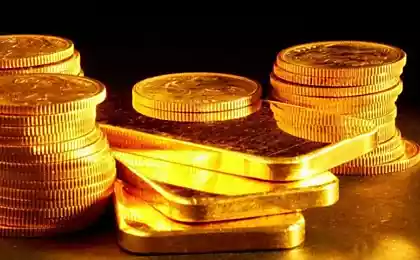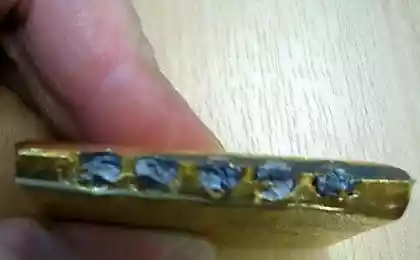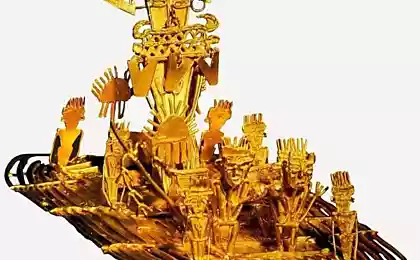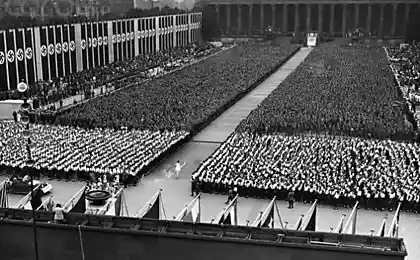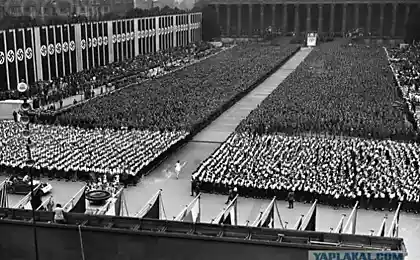657
Olympic gold medal by only 1, 5% are composed of gold
A silver - 93% of serebra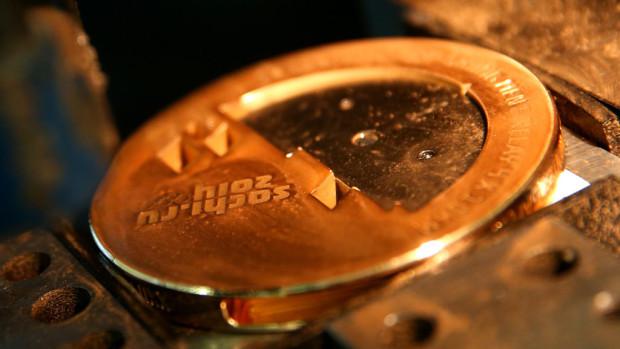
The number of gold medals in the Olympic varies depending on each specific Olympic Games. For example, the biggest medals in the history of the Olympic Games were the medals the Summer Olympics of 2012 in London: a gold medal each weighed 400 grams - 394 grams of sterling silver and 6 grams of gold coating. This means that the cost of the same coin - about $ 624: $ 304 is the price of gold and $ 320 - sterling silver.

Of course, the athletes of their medals could fetch far more on the open auctions. For example, a member of the men's hockey team, Mark Wells exhibited in 2012, the year his medal, received back in 1980, and received her $ 310,700 - money he needed to pay for the expensive treatment.
However, not all so lucky. For example, the Olympic champion in freestyle at 50 meters Anthony Ervin, who won his medal in 2000, sold his reward for only $ 17 100, despite the promise that the proceeds will be donated to help tsunami victims in the Indian Ocean. Another Olympic champion swimmer was rescued of his medal and even less - $ 11 250.

Gold medals are not always consisted mainly of silver: until 1912, the year they were made of pure gold, but were usually much smaller than today's medals. For example, medals 1900 were only 59 mm in diameter and 3 mm thickness 2, and only weighed 52 grams. For comparison, the above-mentioned medal Olympics of 2012 were 85 mm in diameter and 7 mm thick. However, the value of the old gold medals at around $ 2685, and if current coin made of pure gold, it would cost $ 20 266.
Silver medals are made of 93% silver and 7% copper, the cost - about $ 330. The bronze medal is mainly composed of copper with a small admixture of zinc and tin.
via factroom.ru

The number of gold medals in the Olympic varies depending on each specific Olympic Games. For example, the biggest medals in the history of the Olympic Games were the medals the Summer Olympics of 2012 in London: a gold medal each weighed 400 grams - 394 grams of sterling silver and 6 grams of gold coating. This means that the cost of the same coin - about $ 624: $ 304 is the price of gold and $ 320 - sterling silver.

Of course, the athletes of their medals could fetch far more on the open auctions. For example, a member of the men's hockey team, Mark Wells exhibited in 2012, the year his medal, received back in 1980, and received her $ 310,700 - money he needed to pay for the expensive treatment.
However, not all so lucky. For example, the Olympic champion in freestyle at 50 meters Anthony Ervin, who won his medal in 2000, sold his reward for only $ 17 100, despite the promise that the proceeds will be donated to help tsunami victims in the Indian Ocean. Another Olympic champion swimmer was rescued of his medal and even less - $ 11 250.

Gold medals are not always consisted mainly of silver: until 1912, the year they were made of pure gold, but were usually much smaller than today's medals. For example, medals 1900 were only 59 mm in diameter and 3 mm thickness 2, and only weighed 52 grams. For comparison, the above-mentioned medal Olympics of 2012 were 85 mm in diameter and 7 mm thick. However, the value of the old gold medals at around $ 2685, and if current coin made of pure gold, it would cost $ 20 266.
Silver medals are made of 93% silver and 7% copper, the cost - about $ 330. The bronze medal is mainly composed of copper with a small admixture of zinc and tin.
via factroom.ru
Through meditation, you can change the temperature of your body and slow down metabolism
Tweets with photos retweets 94% more








